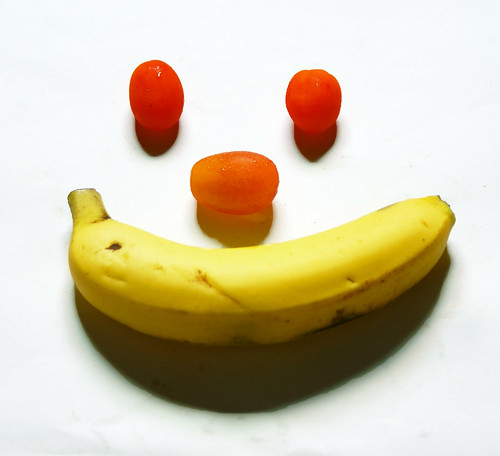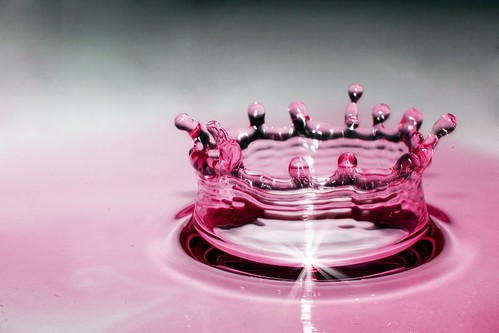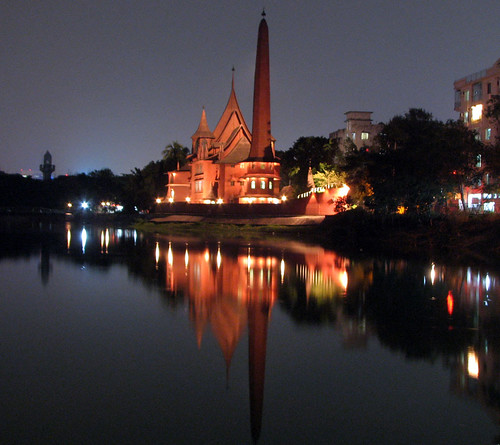(Author Unknown)
There are two days in every week about which we should not worry, two days which should be kept free from fear and apprehension.
One of these days is Yesterday with all its mistakes and cares,
its faults and blunders, its aches and pains.
Yesterday has passed forever beyond our control.
All the money in the world cannot bring back Yesterday.
We cannot undo a single act we performed;
we cannot erase a single word we said.
Yesterday is gone forever.
The other day we should not worry about is Tomorrow
with all its possible adversities, its burdens,
its large promise and its poor performance;
Tomorrow is also beyond our immediate control.
Tomorrow's sun will rise,
either in splendor or behind a mask of clouds, but it will rise.
Until it does, we have no stake in Tomorrow,
for it is yet to be born.
This leaves only one day, Today.
Any person can fight the battle of just one day.
It is when you and I add the burdens of those two awful eternities Yesterday and Tomorrow that we break down.
It is not the experience of Today that drives a person mad,
it is the remorse or bitterness of something which happened Yesterday and the dread of what Tomorrow may bring.
Let us, therefore, Live but one day at a time.
I almost wish I hadn't gone down that rabbit-hole — and yet — and yet — it's rather curious, you know, this sort of life!
Monday, March 24, 2008
Thursday, March 13, 2008
Wednesday, March 12, 2008
Doc Edgerton: the man who made time stand still

It was the title of an National Geographic Magazine article in October 1987 that featured Edgerton's work. While seeking for high speed photography technique I found out about Harold Eugene "Doc" Edgerton who invented ultra-high-speed and stop-action photography.

Edgerton, an electrical engineer and professor at MIT, was a pioneer in the field of high-speed photography, exploring the effects of the stroboscope and electronic flash when directed at moving objects. His subjects ranged from birds in flight to the first millionth of a second of an atomic blast. Some of his more famous images include the compression of a tennis ball against a racquet, the multiple movements of a golfer's swing, a speeding bullet as it passes through an apple, and the coronet formed by a milk drop as it splashes into a saucer. The exhibition contains many of these stop-motion images, which, in addition to being scientific evidence, are considered objects of art.


Find more about his life and work at MIT museum website
Some of his interesting quotes i found in internet:
"Don't make me out to be an artist. I am an engineer. I am after the facts, only the facts."
"In many ways, unexpected results are what have most inspired my photography."
By the way, 1st image is "milk meets coffee" by Irene Müller.
More awesome photos are available here.
Monday, March 10, 2008
Thursday, March 06, 2008
Wednesday, March 05, 2008
admission er tension e otishto hoye ki korbo bujhte na pere amar oti favorite kaaj shuru korlam- google search. ekta lekha pore monta bhalo hoye gelo bi-deshir deshi wedding.
mon bhalo korte asholei karon lage na :)
mon bhalo korte asholei karon lage na :)
Subscribe to:
Comments (Atom)





